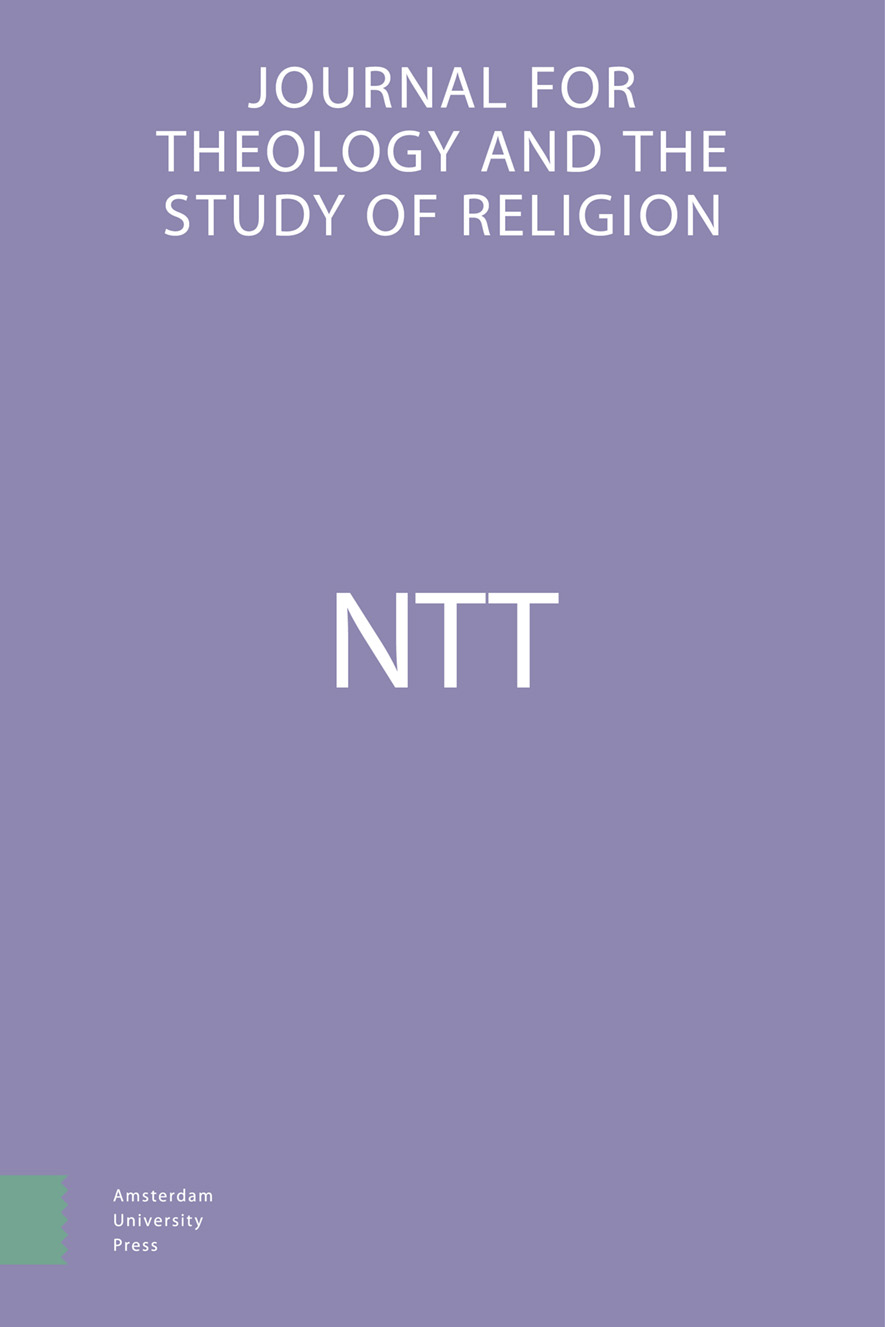-
oa Introduction: Mobility and Identity Formation in Ancient Judaism
- Amsterdam University Press
- Source: NTT Journal for Theology and the Study of Religion, Volume 79, Issue 1, Apr 2025, p. 1 - 16
-
- 01 Apr 2025
- Previous Article
- Table of Contents
- Next Article
Abstract
This article introduces this special issue’s theme “Mobility and Identity Formation in Ancient Judaism” as well as the individual contributions it contains. We explore the appeal and significance of the theme of this special issue by looking at a range of ancient cultural imaginaries of human mobility and how these imaginaries have shaped ancient and modern understandings of the communities involved. We then situate this publication’s distinctive contribution within the emerging field of mobility studies in ancient Judaism, explaining how the concept of mobility has played a significant role in shaping research trajectories specific to studies on identity formation in biblical and Jewish traditions. Yet we also observe how certain sub-categories of mobility, such as “diaspora,” have taken on a life of their own, especially in biblical and Jewish studies, where the term is often used uncritically to refer to a large swathe of populations without interrogating important differences in their cultural imaginaries of mobility. Via four innovative articles from diverse perspectives within the study of early Judaism, this special issue contributes new insights to ongoing discussions about how human mobility affected identity formation in ancient eastern Mediterranean societies.



